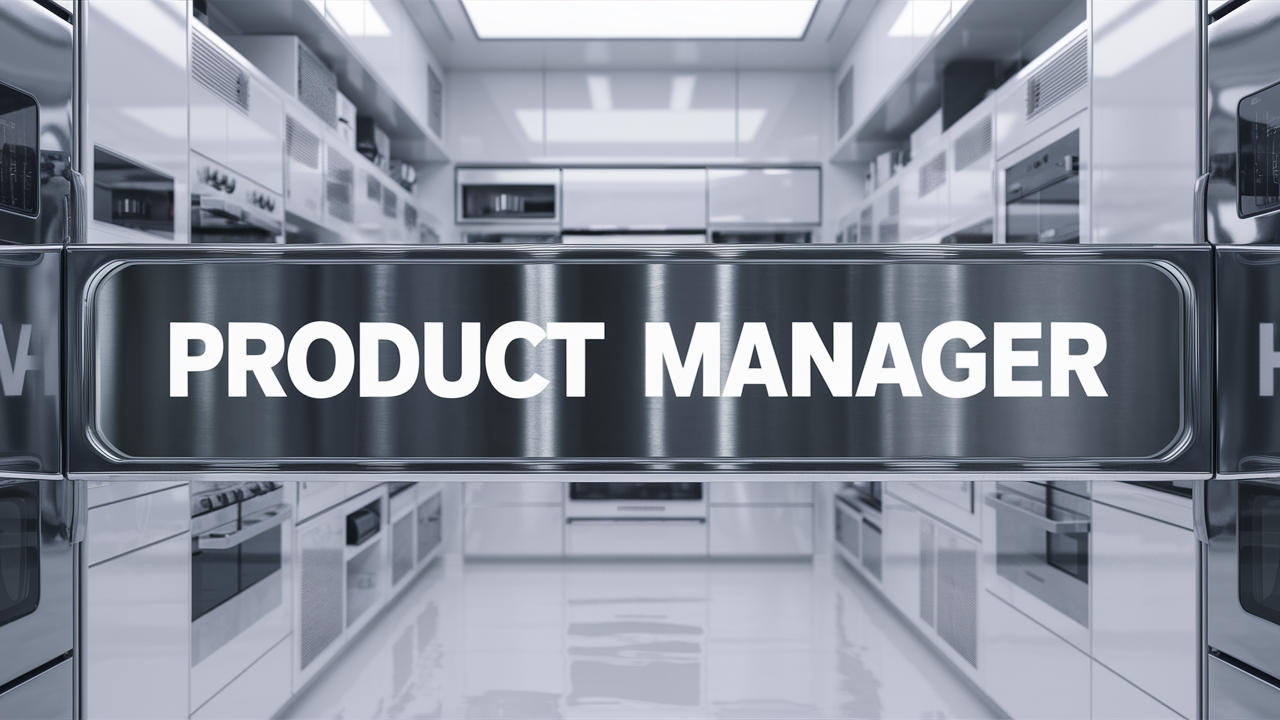A product manager plays a pivotal role in the success of any product, guiding it from the initial concept to its final delivery and beyond. The responsibilities of a product manager encompass a wide range of activities, including planning, alignment, execution, and continuous improvement. This comprehensive guide “The Role of a Product Manager“, will delve into the key functions of a product manager, outlining the critical questions they must answer, the solutions they must devise, and the deliverables they must produce to ensure their product’s success.
Planning: Setting the Course for Success
Where Do We Want to Go?
The first and foremost question a product manager must address is, “Where do we want to go?” This involves defining a clear vision for the product. The vision encapsulates the long-term goals and aspirations for the product, providing a guiding light for the entire development process.
Answer: Vision
Deliverable: Vision Statement
Crafting a Vision Statement
A vision statement should be inspiring and aspirational, yet clear and achievable. It should articulate the product’s ultimate purpose and the value it aims to deliver to its users. For example, a vision statement for a fitness app might be, “To empower individuals to achieve their fitness goals through personalized, engaging, and accessible digital solutions.”
How Will We Get There?
Once the vision is established, the next step is to devise a strategy to achieve it. This involves formulating both a company strategy and a product strategy. The company strategy outlines the broader business objectives, while the product strategy focuses on how the product will contribute to these goals.
Answer: Company Strategy + Product Strategy
Deliverable: Strategy Document
Developing a Strategy Document
A strategy document should detail the key initiatives, market opportunities, and competitive landscape. It should also define the product’s unique value proposition and the steps needed to achieve the vision. This document serves as a roadmap for the entire team, ensuring everyone is aligned with the strategic objectives.
What Problems Should We Solve to Get There?
Identifying the problems that need to be solved is crucial for guiding the product development process. This involves ideation, prioritization, and alignment to ensure that the product addresses the most pressing needs of the target market.
Answer: Roadmap
Deliverable: Roadmap
Creating a Roadmap
A product roadmap outlines the key features and milestones that will be developed over time. It prioritizes initiatives based on their potential impact and feasibility. The roadmap should be flexible enough to accommodate changes and new insights but focused enough to provide clear direction.
Alignment: Ensuring Cohesion Across Teams
Are All Important People on the Same Page?
Alignment is essential for ensuring that all stakeholders are on the same page. This includes obtaining sign-offs, approvals, and agreements from key team members and departments. Effective communication and collaboration are vital to maintain alignment throughout the product lifecycle.
Answer: Alignment
Deliverable: Sign-offs / Approvals / Agreements
Facilitating Alignment
Regular meetings, workshops, and updates are essential tools for maintaining alignment. A product manager should ensure that all stakeholders understand the vision, strategy, and roadmap. This can be achieved through clear documentation, transparent communication, and collaborative decision-making processes.
Execution: Bringing the Vision to Life
What Solutions to Build? How to Deliver on Time?
Execution involves turning the roadmap into reality by building high-quality and timely solutions. This requires meticulous planning, resource allocation, and project management to ensure that development stays on track and meets the set deadlines.
Answer: Execution
Deliverable: High-quality and Timely Solutions
Managing Execution
A product manager must oversee the entire development process, coordinating between different teams, such as engineering, design, and marketing. They should establish clear timelines, set realistic goals, and monitor progress regularly. Tools like Agile methodologies, Kanban boards, and Gantt charts can help manage the workflow and ensure timely delivery.
Measuring and Improving: Driving Continuous Enhancement
How Do We Know We're Making Progress?
The final phase involves measuring success and collecting feedback to ensure continuous improvement. This step is crucial for validating that the product meets its objectives and identifying areas for enhancement.
Answer: Measure Success / Collect Feedback
Deliverable: Insights and Measures of Success
Measuring Success
Success metrics should be defined based on the product’s goals and vision. Common metrics include user engagement, customer satisfaction, revenue growth, and market share. Regularly tracking these metrics helps assess the product’s performance and identify areas for improvement.
Collecting Feedback
Feedback from users, stakeholders, and team members is invaluable for continuous improvement. Implementing surveys, user testing, and analytics tools can provide insights into how the product is being used and where it can be enhanced. A product manager should foster a culture of feedback, encouraging open and constructive communication.
Conclusion: The Role of a Product Manager
The role of a product manager is multifaceted and dynamic, requiring a blend of strategic thinking, effective communication, and meticulous execution. By addressing the key questions—where do we want to go, how will we get there, what problems should we solve, are all important people on the same page, what solutions to build, and how do we know we’re making progress—a product manager can successfully navigate the journey from vision to execution.
Recap of Key Functions and Deliverables
Planning
Vision: Vision Statement
Company Strategy + Product Strategy: Strategy Document
Roadmap: Roadmap
Alignment
Alignment: Sign-offs / Approvals / Agreements
Execution
Execution: High-quality and Timely Solutions
Measuring and Improving
Measure Success / Collect Feedback: Insights and Measures of Success
By following these steps and continuously iterating based on feedback and performance metrics, a product manager can ensure that their product not only meets its initial goals but also evolves to meet changing market demands and user needs. This comprehensive approach to product management ensures that the product remains relevant, competitive, and successful in the long run.


















